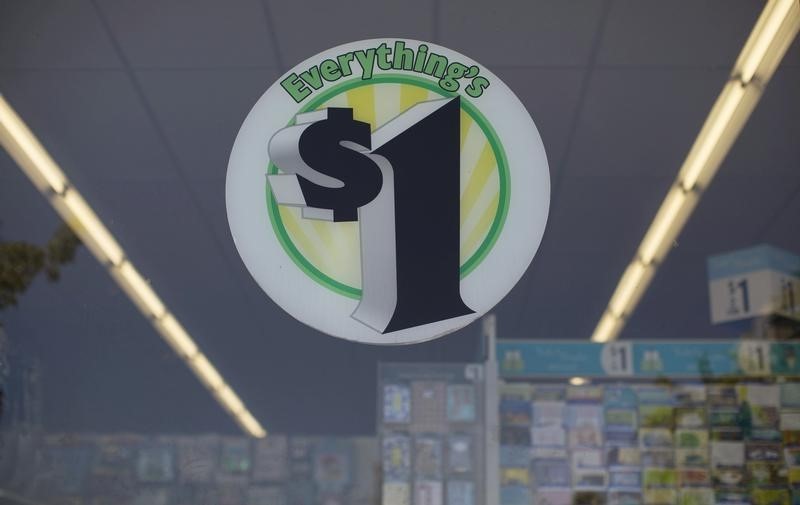By Sruthi Ramakrishnan and Siddharth Cavale
(Reuters) – Victoria Marin, a 35-year old author and educator, used to spend hundreds of dollars at large party-goods retailers on supplies that ended up in the trash can.
But a visit to the neighborhood Dollar General store, mainly to stock up on cheaper paper napkins and plastic cups, completely changed the way she shopped.
She realized the store was more like a small supermarket, where she could buy groceries, Christmas decorations and even apparel at much cheaper prices than at a Walmart or a Shop Rite.
Marin, whose gross annual family income is about $150,000, said she would initially feel awkward about shopping at dollar stores.
That perception, however, changed in the past few years for thousands of shoppers like her as a shaky economy added a good dose of prudence to household budgets.
“As years passed and my family grew, I realized I could buy the same items at a dollar store for a fraction of the price,” said Marin, whose family of six lives in upstate New York.
Marin is among a growing band of affluent millennials who prefer spending less on everyday stuff and splurging on big-ticket items like cars and homes.
They do not need to shop at dollar stores, which sell products mostly priced between $1 and $10, but are increasingly choosing to do so, a move that is reshaping the fortunes of many retailers.
There is no fixed definition for millennials, but experts usually define the term as referring to those born between 1980 and 2000.
Dollar General Corp <DG.N>, the second-largest dollar store chain after Dollar Tree <DLTR.O>, called out this demographic as a key contributor to its revenue in its post-earnings call last month.
Of the millennials who shopped at Dollar General, Dollar Tree and Dollar Tree-owned Family Dollar stores, in the year ended April, about 29 percent earned over $100,000 a year and accounted for about a quarter of sales at these stores, according to market researcher NPD’s Checkout Tracking, which tracks consumer receipts.
Dollar stores have worked hard to shed the image that they cater to lower-income groups and have invested in retaining customers who traded down from big retail stores after the recession.
Stocking a wider variety of consumables, beauty products and over-the-counter drugs, the interiors of dollar stores now look very much like a Walmart <WMT.N> or Target <TGT.N> store.
“I get a lot of toiletries (at Dollar Tree), and those aren’t always name brands,” said Eric Brantner, a 33-year-old freelance copywriter who lives in Houston and makes roughly $100,000 a year.
“For instance, the cotton swabs aren’t Q-Tips, but they work just as well and are less than half the price.”
Also, the number of dollar stores has grown rapidly in the last few years, often making them the nearest store in cities as well as small towns.
Dollar General operates more than 12,700 stores in the United States, while Dollar Tree operates about 14,000 stores in the United States and Canada.
Nielsen data shows that the number of heads of households under the age of 35 years who shop at dollar stores and earn more than $100,000 a year rose 7.1 percent between 2012 and 2015, versus a 3.6 percent increase at all retail stores.
Dollar General and Dollar Tree both reported profits above analysts’ expectations for the latest quarter, in contrast with weak profits at department stores such as Macy’s Inc <M.N> and Target.
Dollar General said millennials contributed about 24 percent to its first-quarter revenue. This included mid and lower-income millennials as well.
Dollar General and Dollar Tree declined to comment beyond what they have said publicly.
(Reporting by Sruthi Ramakrishnan and Siddharth Cavale in Bengaluru; Editing by Sayantani Ghosh and Saumyadeb Chakrabarty)


